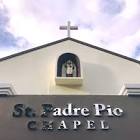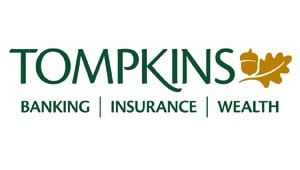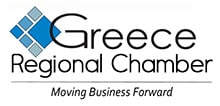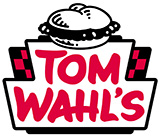By Howard Schneider
WASHINGTON (Reuters) -The U.S. Federal Reserve is under no urgent pressure to cut interest rates given a “prospering” economy and job market, Atlanta Fed President Raphael Bostic said in remarks that highlighted the risk inflation may get stuck above the central bank’s 2% target or be sent even higher by “pent-up exuberance.”
Bostic said he still thinks it will likely be appropriate for the Fed to approve two quarter-point rate cuts by the end of this year.
But he also said the Fed was walking a “fine line” to be sure that current economic strength does not evolve into “froth” and a new round of inflation.
Before rate cuts “I need to see more progress to feel fully confident that inflation is on a sure path to averaging 2% over time.”
“Only when I gain that confidence will I feel the time is right to begin lowering the federal funds rate,” said Bostic, a voter this year on interest rate policy. “The good news is the labor market and economy are prospering, furnishing the (Federal Open Market) Committee the luxury of making policy without the pressure of urgency.”
Bostic aired his views in a new essay and in separate comments to reporters that acknowledged both growing stress among some consumers, particularly those with lower incomes after a period of high inflation and tight credit, but also his concern that a new surge of demand could counter the Fed’s progress on prices.
Given that there was no sign yet of “degradation” to the job market, Bostic said he and his colleagues debating the path of interest rates “have some time to make sure that we get to 2%” inflation.
Bostic said that once rate cuts start, he does not envision them being “back to back,” with the pace depending on “how participants in the markets, business leaders and families respond.”
The Fed at its upcoming March 19-20 meeting is expected to maintain the benchmark interest rate in the 5.25% to 5.5% range, where it has been since July, and will also issue updated projections for how far rates may fall this year given recent declines in inflation.
Investors currently expect an initial rate cut in June, but that could slip if inflation stalls or the job market and wages continue to beat expectations.
As a baseline, Bostic said he felt inflation was in line to “slowly” return to the Fed’s target without major damage to the job market or growth, what he called a “resounding success.”
But that outcome, was “hardly assured…it is premature to claim victory in the fight against inflation,” he said.
In particular, Bostic said he was concerned that prices for a larger-than-usual share of items are still increasing at a more than 5% annual rate, while a Dallas Fed measure of underlying inflation, at 2.6%, has been stuck “just outside the neighborhood” of the central bank’s target.
Bostic said recent talks with business executives made him feel both confident the economy was strong, but concerned about a new surge of demand.
“Many executives tell us they are on pause, ready to deploy assets and ramp up hiring when the time is right,” Bostic said. “If that scenario were to unfold on a large scale, it holds the potential to unleash a burst of new demand…This threat of what I’ll call pent-up exuberance is a new upside risk that I think bears scrutiny in coming months.”
(Reporting by Howard Schneider; Editing by Andrea Ricci)
Brought to you by www.srnnews.com





















